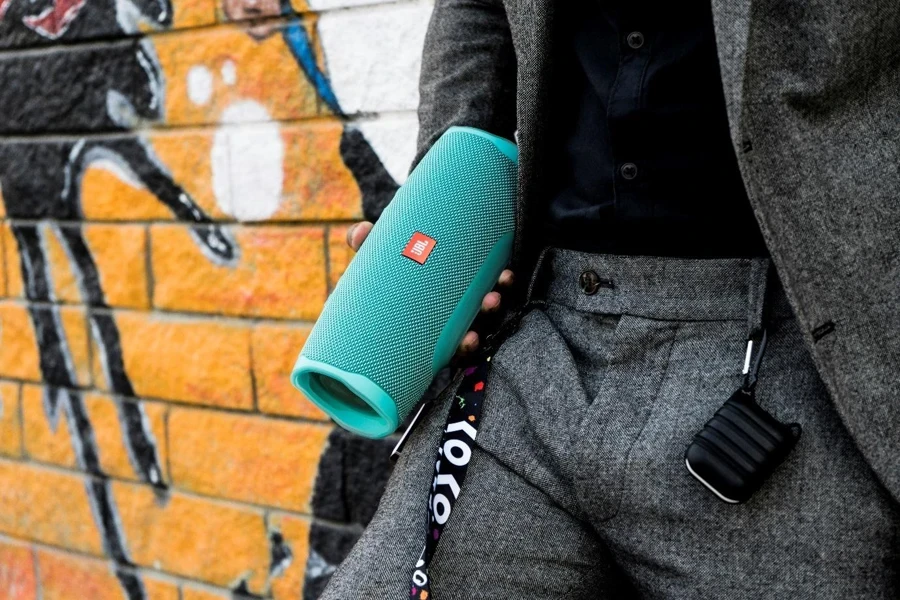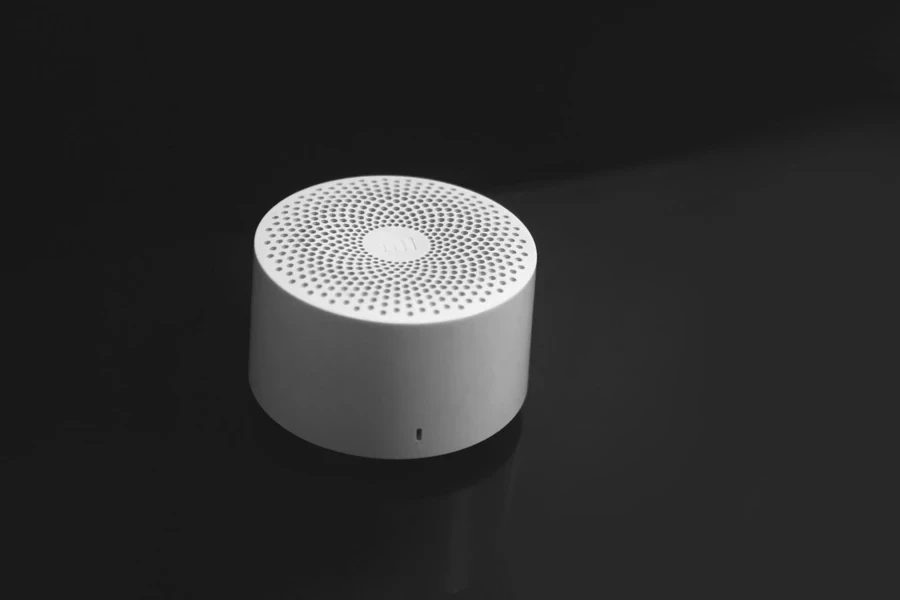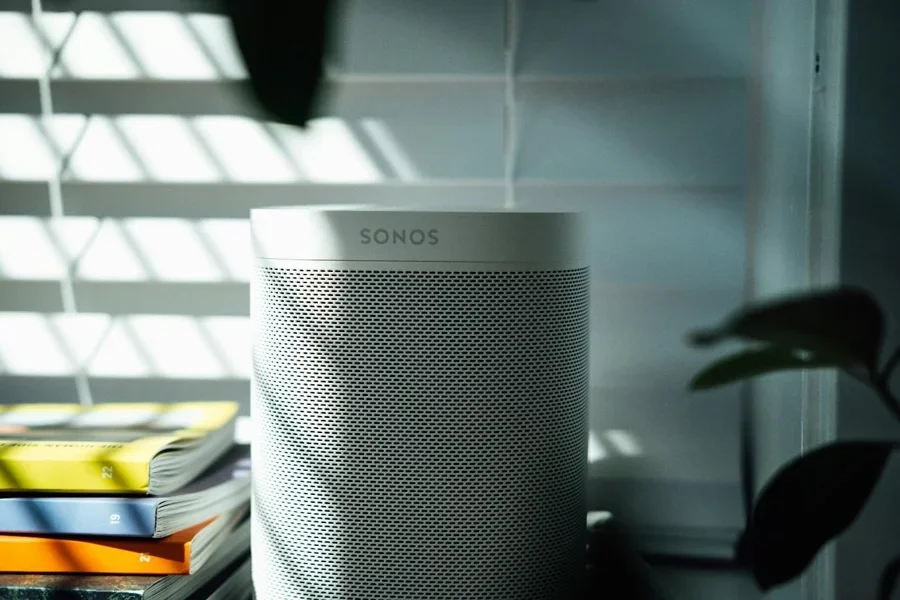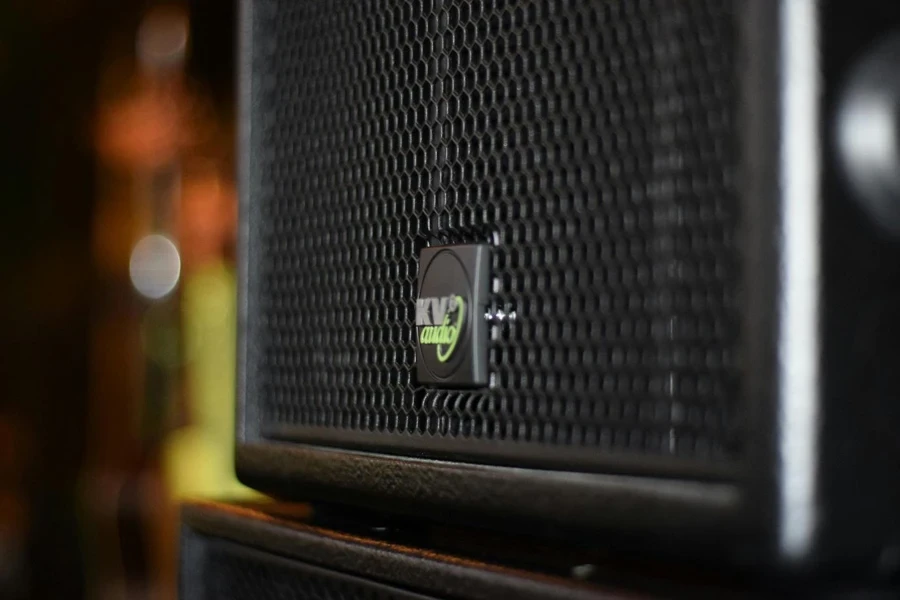Staying ahead in the changing market requires understanding current trends and advancements in the speaker technology industry. This helps businesses to meet the increasing global need for top-notch audio solutions that cater to consumers’ desire for wireless ease and immersive audio experiences.
The latest developments in enhancing quality and durability while incorporating eco-friendly design elements influence the evolution of technology and present fresh possibilities along with obstacles. With cutting-edge products setting the pace for market preferences, businesses must keep abreast of the trends to seize emerging market segments. Maintaining an edge in this changing landscape demands a deep understanding of these key influences.
Table of Contents
● Market overview
● Cutting-edge innovations shaping the speaker industry
● Game-changing models leading market trends
● Conclusion
Market overview

Market scale and growth projections
The worldwide speaker industry is set to experience expansion in the coming years, with an estimated revenue of $46.7 billion by 2024, as reported by Statista. Analysts predict a growth trajectory at a compound rate of 5.75%, spanning from 2024 to 2029, fueled by the rising desire for quality products in different geographical areas.
China is poised to take the lead in the market by bringing in the highest revenue compared to other regions, such as the United States, with a growing interest in wireless and portable speakers. This is due to technological advancements and consumer preference for smaller, more flexible audio gadgets.
Changing consumer preferences
Customers’ choices are quickly moving towards portable audio options that play a big role in the speaker industry today. The increasing popularity of Bluetooth and Wi-Fi-enabled speakers mirrors a rising desire for ease of use and mobility among consumers who value gadgets with simple connectivity and high-quality sound output.

Based on the trends we’ve seen recently, it’s clear that architectural speakers are becoming more popular due to their ability to blend in seamlessly with modern living spaces. This shift underscores the significance of design in products, which drives manufacturers to keep pushing boundaries and continually develop ideas.
Key challenges and opportunities
The market for speakers is encountering obstacles such as price competition and the requirement to stay abreast of rapid technological progressions. Manufacturers must balance catering to cost demands while integrating state-of-the-art functionalities like voice command capabilities syncing with home systems and delivering top-notch audio performance.
These obstacles also bring chances to light up, especially in developing regions where the use of cutting-edge sound technologies is increasing steadily in popularity. Businesses that can generate ideas while keeping affordable costs are poised to gain an advantage in these swiftly expanding markets.
Cutting-edge innovations shaping the speaker industry

The rise of wireless and smart technologies
Advancements in smart technologies have revolutionized the speaker sector by incorporating features beyond basic audio playback functions. The latest wireless speakers offer multi-room audio capabilities that enable users to sync speakers across their living spaces to establish a fluid audio setting. These setups commonly utilize mesh networking tech to boost connectivity and minimize delays in sound synchronization across all gadgets.
Furthermore, incorporating voice assistants into speakers has increased convenience by allowing for voice-controlled music playback and smart home management while enabling hands-free calls to be made accessible. Newer speaker models come with dual-band Wi-Fi. Bluetooth 5.0 features that provide quicker data transfer speeds and a broader range of connectivity options. These features help users maintain stable connections even in larger living spaces.
Architectural and immersive audio solutions
Cutting-edge architectural speakers play a key role in delivering captivating experiences in top-tier home theater setups. They boast tuned drivers tailored to complement the acoustics of their surroundings. For example, ceiling speakers might sport tweeters to steer sound toward the audience, resulting in a more engaging audio journey.
Advanced speaker models also use waveguide technology to distribute sound throughout the room and prevent any areas with audio quality known as “dead spots.” Additionally, these speakers often feature drivers made of materials such as Kevlar or carbon fiber for durability and to minimize distortion when playing music at loud volumes.
Sustainability and design trends
Given the rising worries about the environment and its impact, companies in the speaker industry are now emphasizing sustainable design and materials. They use plastics and eco woods such as bamboo when crafting speaker cabinets. Furthermore, certain models have energy-saving amplifiers that reduce power usage while maintaining quality.
The rise in minimalist design has sparked ideas like concealed speakers embedded in walls that blend seamlessly while providing top-notch sound quality without being visible. This is a reflection of both style preferences and the growing focus on making consumer electronics more eco-friendly.
Game-changing models leading market trends

Portability meets power
In today’s market, small and easy-to-carry speakers are created to provide quality by integrating cutting-edge audio technologies commonly seen in larger setups. For instance, the JBL Charge 5 uses two radiators and a powerful driver to generate bass and crisp high notes within its compact form factor. This model boasts a driver shaped like a race track, enhancing the speaker’s diaphragm area to guarantee an engaging audio experience when playing at louder levels. These speakers are easy to carry around thanks to their design and durable materials and they ensure convenience without compromising on sound quality.
Innovations in sound clarity and durability
Improvements in sound quality are progressing due to the incorporation of high-resolution audio technologies like apt X HD and LDAC. These features enable transferring higher-quality audio data over Bluetooth for better sound experiences. Take the Sony SRS XB43 as an example; it utilizes its XBalanced Speaker Unit, designed to decrease distortion and deliver a precise and clear sound output by employing a unique noncircular diaphragm that boosts sound pressure and reduces vibrations for sharper audio quality. When it comes to longevity and resilience, speakers such as the Ultimate Ears BOOM 3 that utilize materials like aluminum and reinforced silicone for protection against water and dust with an IP67 rating are dependable for indoor and outdoor use.
Battery life and multi-functionality
Portable speakers now emphasize battery life as a key feature. Some versions even boast an impressive 24-hour playtime on just one charge. Take the Anker Soundcore Motion+, for example; it packs a battery that keeps the music flowing for long stretches and features quick charging capabilities that minimize downtime efficiently. Moreover, this speaker doesn’t stop at playing music, it’s equipped with perks like a built-in power bank to juice up your devices while you’re out and about. This device also enables aptX to ensure quality transmission without any loss when utilizing the speaker’s additional functions.
Conclusion

Keeping up with developments in the market and technological advancements is crucial to succeeding in the competitive speaker industry. The rising need for high-quality options and improvements in sound quality and durability signifies that this market is always changing. With new technologies coming out of the woodwork, businesses that quickly adjust and provide products that match consumers’ wants will have a better chance of thriving in this ever-evolving environment.





 Afrikaans
Afrikaans አማርኛ
አማርኛ العربية
العربية বাংলা
বাংলা Nederlands
Nederlands English
English Français
Français Deutsch
Deutsch हिन्दी
हिन्दी Bahasa Indonesia
Bahasa Indonesia Italiano
Italiano 日本語
日本語 한국어
한국어 Bahasa Melayu
Bahasa Melayu മലയാളം
മലയാളം پښتو
پښتو فارسی
فارسی Polski
Polski Português
Português Русский
Русский Español
Español Kiswahili
Kiswahili ไทย
ไทย Türkçe
Türkçe اردو
اردو Tiếng Việt
Tiếng Việt isiXhosa
isiXhosa Zulu
Zulu